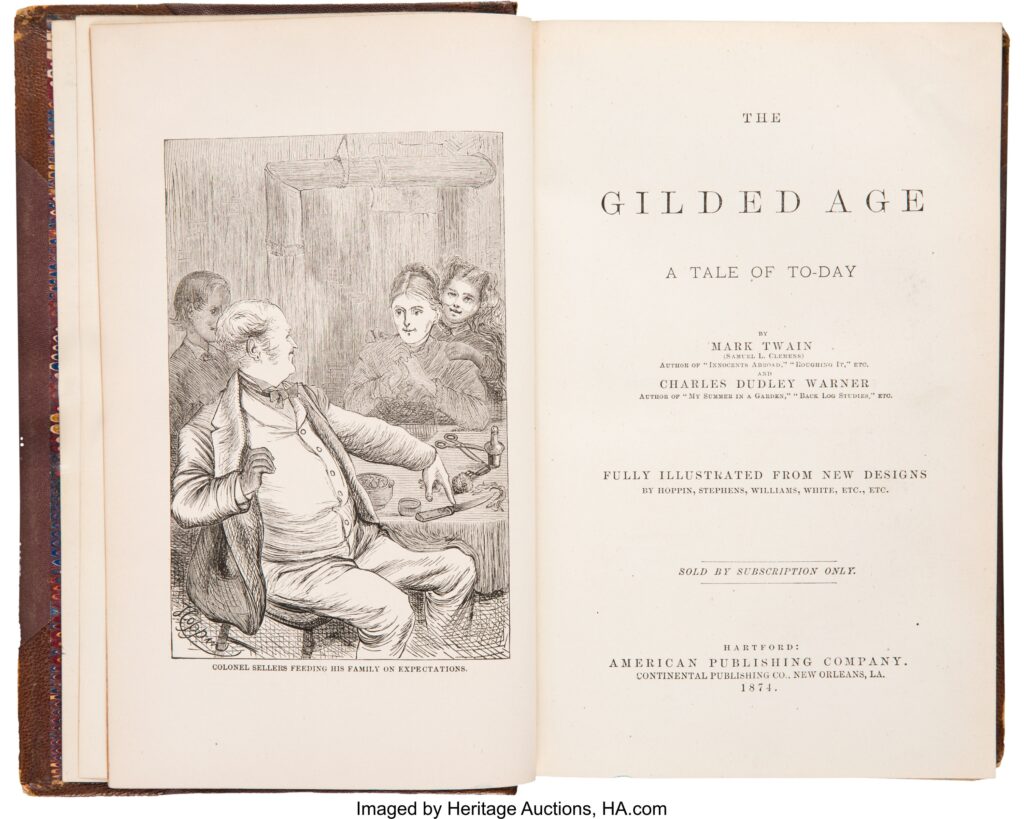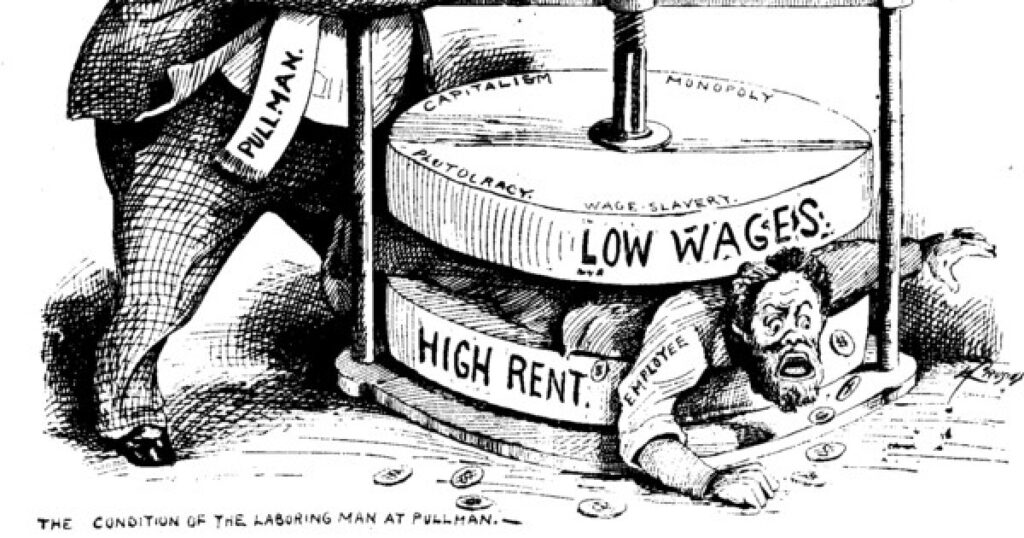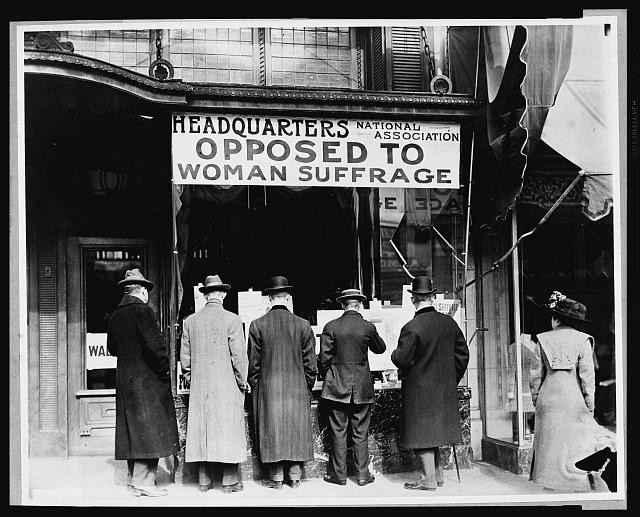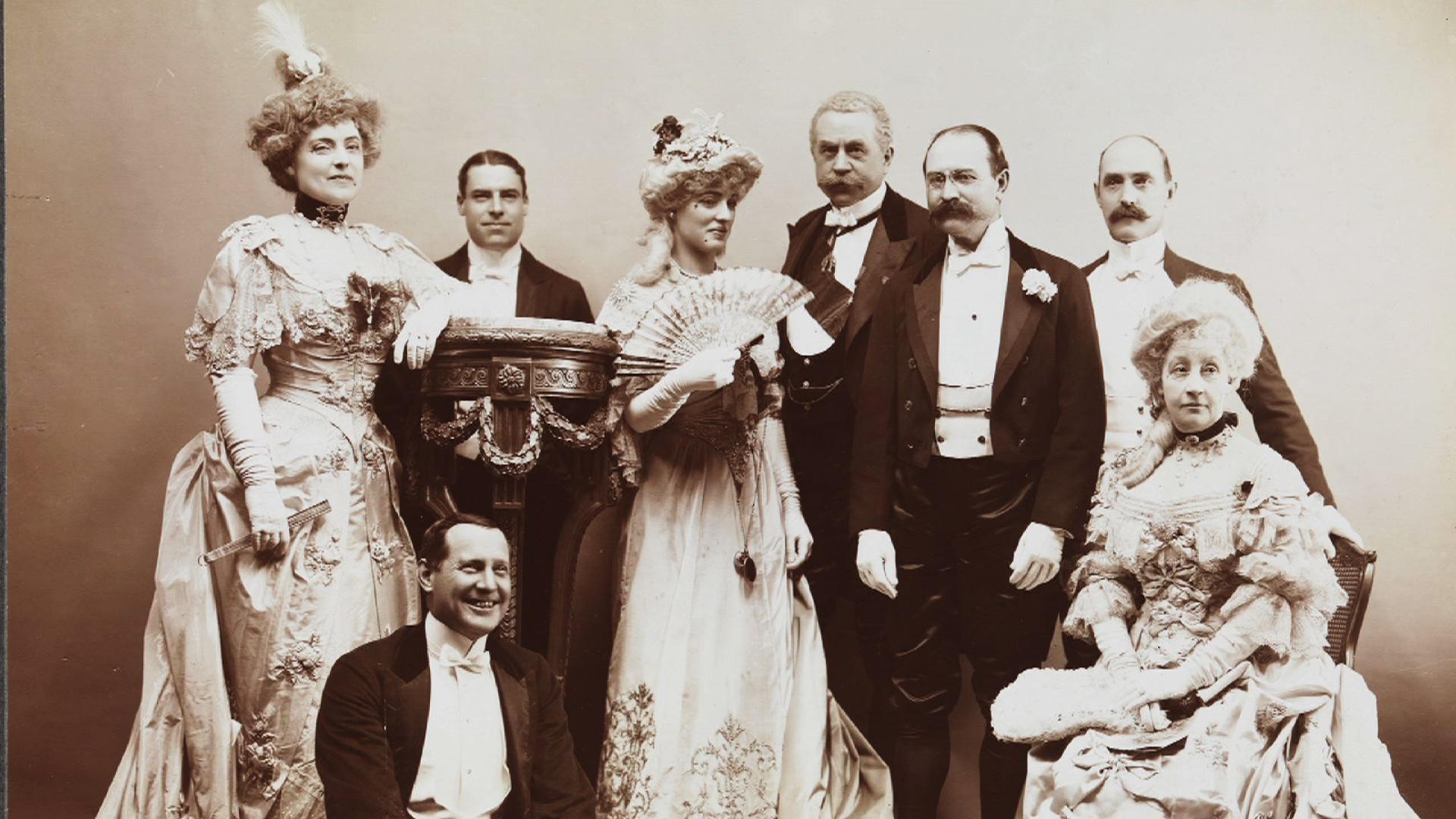Have you been keeping an eye on our striking new bustle dresses? I have been loving seeing each one unveiled and at the same time, looking forward to getting caught up on HBO’s new series, The Gilded Age. Because I know we have so many readers who enjoy Julian Fellows and period dramas in general, I thought it might be fun to explore this time in American history in a series of posts. There is a LOT to unpack about the era that launched America into the world’s superpower. Today, I will be giving an overview of what made The Gilded Age gilded, followed by a post on the fabulous fashions of the era, and then a look at the costumes of the HBO series.
Why it’s called the “Gilded Age”
While HBO’s series focuses on the conflicts between the newly established wealthy families and the generational rich, The Gilded Age was not all about shiny, pretty things. Instead, the term is meant to suggest that there is a lot more going on beneath the surface.
The Gilded Age is typically considered to be the years from roughly 1870 to 1900. These years resulted in such an enormous evolution in American culture and in the lifestyles of the public that historians and commentators began to analyze it by the 1920s.
The term was taken from Mark Twain’s novel by the same name. The book is a scathing satirical look at the lust for many that overtook many after the Civil War and the complications it caused for those who were caught up in it. Mark Twain’s use of the word “gilded” is meant to imply the artificial nature of the character of those involved and the undesirable nature of what is found beneath the gild.

Says historian Nell Irvin Painter in the American Masters film The Gilded Age: “Gilden is not golden. Gilded has the sense of a patina covering something else. It’s exterior and the rot underneath.”
Economic shifts
So, what was underneath the surface of these years? Despite all of the promises in the air for what America could offer the ambitious, shocking rates of abject poverty swept the nation. Famously, the most wealthy 4,000 families in the country held more wealth than the rest combined. Said one commentator at the time: “With all the people who have to lie awake nights contriving to spend their time and money, and all the others who lie awake wondering how they may get food, there is danger in the air.”

The danger would take the form of rural starvation, dangerous working conditions, and violent strikes. Many of these conflicts resulted in the standards for workplace safety and many of the worker’s rights that we take for granted today.
Learn more:
The Gilded Age: Railroad Strikes
The Gilded Age explained in 12 minutes
Women and the Gilded Age
The Gilded Age was a period of swift progress for women’s role in society and many still-famous females emerged into the public sphere. Some stepped up to respond to the inequities in their communities, others to improve their communities through their newly-found wealth, and others to simply embrace their natural talents as tolerance for women in public settings increased.
Want proof? Some of the women who become household names and community leaders during The Gilded Age include:
Jane Addams
Margaret Olivia Sage
Carrie Nation
Susan B. Anthony
Ida B. Wells
Madam C.J. Walker
Margaret Brown
Alva Vanderbilt
Mary Cassatt
These women, and many others, stepped up to lead social movements such as improving the educational system, expanding access to health care, establishing cultural centers and funds, prohibition, anti-racism campaigns, juvenile detention reform, and more.

It wasn’t all advancements. A thick layer of gild covered many of the efforts women attempted to make during this time. Fear around the threat to the status quo was a constant theme during The Gilded Age. This pushback largely led to the suffrage movement being dragged out for multiple decades even with women’s increased visibility. Mockery of women for mass consumption in such places as newspapers skyrocketed during this time, with an emphasis on surveillance and policing of women’s actions and bodies.
And while many of the fashions of the time are stunning to view with our modern eyes, the extravagance of women’s clothing also played a role in keeping them in their proverbial place as well. And yet when women allowed themselves to enjoy it, they were often cruelly mocked in the press.
But with industrialization increasing women’s economic opportunities and institutes of higher education becoming more welcoming, the general female population was emboldened enough to keep fighting for a place at the table. The Gilded Age and the “Gay Nineties” would set the stage for women’s role in the United States to change forever.
Make sure to return next week for my exploration of Gilded Age fashions!
You may also enjoy:
Bloomers: the national controversy of the 1890s
Femininity in Question: Edwardian Depictions of the New Woman














Leave A Comment